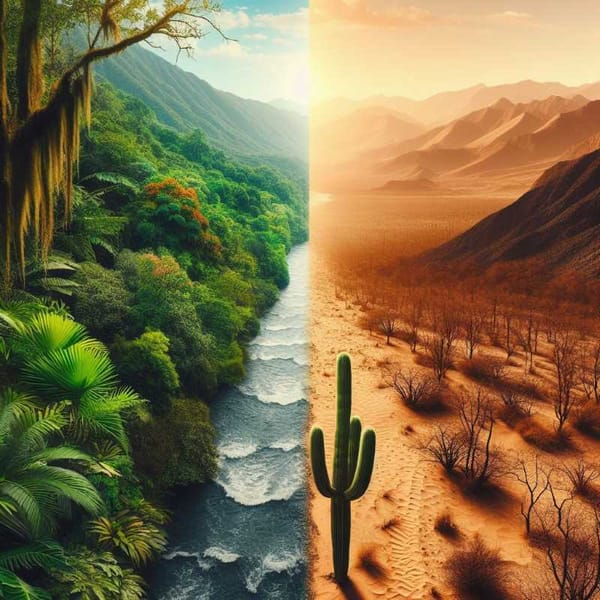Four Natural Protected Areas in Mexico City
Discover these four natural protected areas in Mexico City and enjoy nature in these places in the capital city. In these places, you can experience nature and more tourist activities.
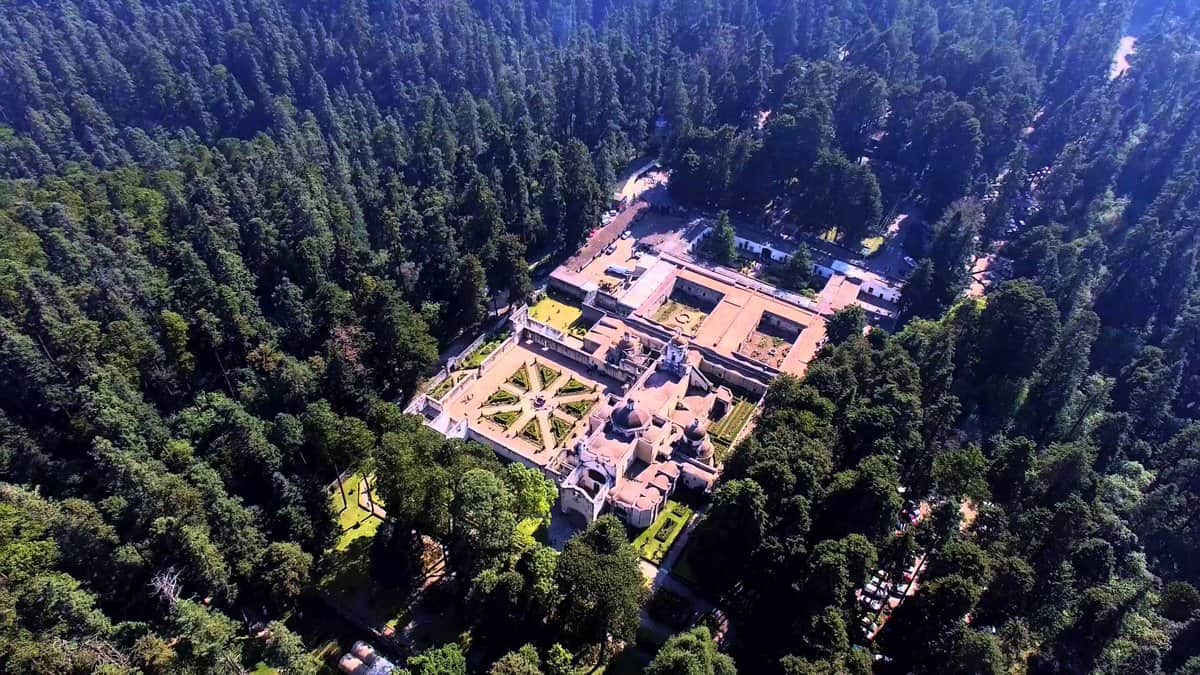
These four natural protected areas in Mexico City should not be missed in the capital city. In these places, you can appreciate nature and various outdoor activities.
Desierto de los Leones National Park
Desierto de los Leones National Park is a forest of 1529 hectares to the west of the city, where there is a former convent of the XVII century, which belonged to the order of the Discalced Carmelites. It has a large forest type vegetation: Oyamel forest, pine forest, and oak forest, small rivers, and a series of services for recreational activities with the whole family.
On weekends there are different cultural, artistic and sporting events. The Desierto de los Leones is one of the favorite places for the inhabitants of the city to go with the family, have a barbecue, enjoy typical local food and participate in sports competitions.
The park is home to endemic species of mammals and 94 migratory birds. In addition, it favors moisture retention and aquifer recharge, prevents erosion, and contributes to improving air quality.
The Desierto de los Leones is also the beginning of Mexico's environmental conservation policy. Since 1786, the Government already protected it because of the numerous springs of drinking water that originated there that supply Mexico City, even, the Royal Decree of November 18, 1803, granted the city the exclusive property of these springs.
Zones and places of interest
Desierto de los Leones National Park. Coniferous forest, with trees such as oyamel, ash, and oak, as well as the characteristic fauna of the area.
Ex Convent Desierto de los Leones. Former Convent of Nuestra Señora del Carmen de los Montes de Santa Fe and Site Museum, a 17th century construction. In 1917 President Venustiano Carranza named the convent and its surroundings "national park". Since then, the ruins of this magnificent ex-convent have been restored to welcome visitors who come every year to relive its glory days.
The ex-convent was conceived as a place of spiritual retreat in nature. The cells and oratories where the monks used to reflect have been preserved, while in the basement there is a hydraulic system. The Chapel of the Secrets is a curiosity of the monastic architecture since it only allows the auditory contact between two people who are in the same room, at different points.
San Juan Hermitage. Construction of the XVII century.
Lake of the Ducks. This area of streams and a small waterfall is an ideal place to enjoy a beautiful sunny day. To get there you must go down a cobblestone slope through the forest which is located next to the entrance to the parking lot of the park.
Mexican snacks. Inside the park, around the Convent, there are different cooperatives of ejidatarios that have typical Mexican food stands, especially from this area.
Los Monjes. Restaurant in the ex-convent of Desierto de los Leones where you can enjoy its wonderful landscapes, tranquility, and peace besides its exquisite dishes.
Valle de las Monjas Park. It is one of the last remaining green sanctuaries in this enigmatic city. Ideal for hiking or a day in the countryside, its almost pristine natural state contrasts with its proximity to one of the most modern areas of the country. It is a place that invites you to immerse yourself in the purity of the forest, forget the city and enter its many trails to follow a long stretch of a clean river.
Walking along with it for a few hours affirms the need we have for contact with nature and its incalculable value and importance. Besides offering the possibility of hiking to the Desierto de los Leones, it is a majestic landscape and one of the few stretches of rivers with clean water. The area is home to important biodiversity, it is a sponge to clean pollution and generate oxygen.
El Pantano Trail. Included in the Program of school visits to museums and educational spaces of the Ministry of Public Education, to resume activities in favor of the environment, in addition to having the Mountain Ajolote Environmental Management Unit and an interpretive trail.
Lodging
El Tata Cabins
Los Vagones
Food
The Monks Restaurant
Antojitos Chonita
El León Dorado
Antojitos Lin
Las Fresas del km 23
Rancho los Laureles
Ovelpaa Coffee Bike and Friends
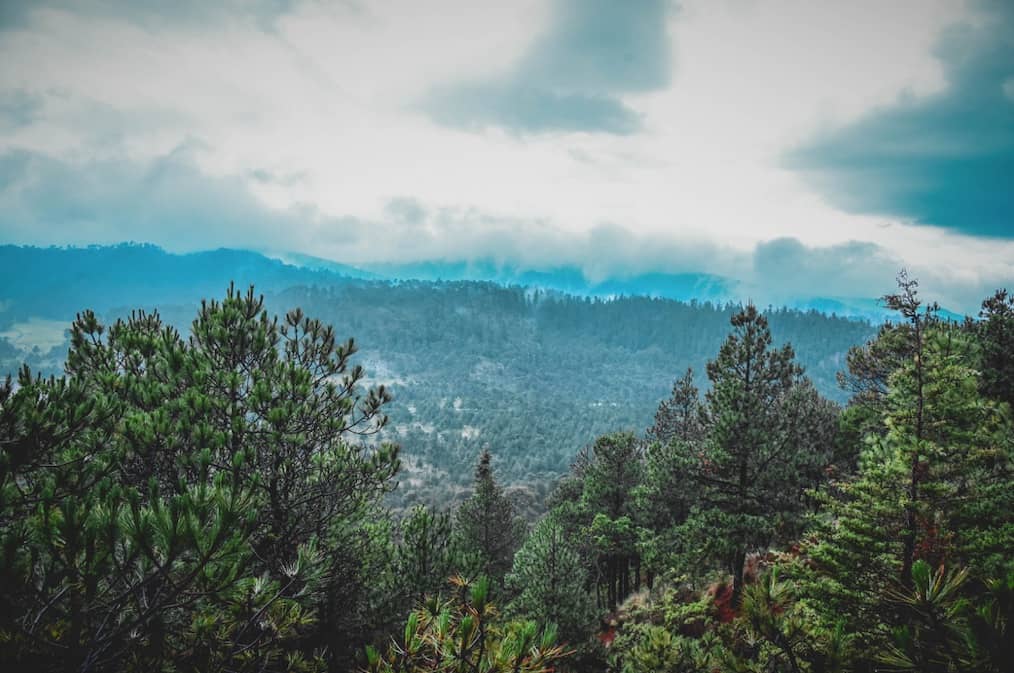
Cumbres del Ajusco National Park
The National Park and Natural Protected Area are one of the elevations that can be seen from almost any point in the city, as it is over 3,900 meters high. The park consists of 920 hectares of vegetation dominated by forests of Pinus hartwegii, oyamel, and subalpine zacatonal with different species. This site is home to the last specimens of the volcano bunny, known as teporingo, as well as the opossum, the shrew, the coyote, and the wildcat.
Within its boundaries are vast wooded areas and pastures, in wintertime there are snowfalls in the highest areas, making it one of the main destinations for nature tourism, where you can practice mountaineering, mountain biking, trekking, gotcha, among others.
Attractions and experiences
Eagle Peak
Alpine Lodge
Gotcha
Mountain biking
Mountaineering
Wildlife observation
Motocross
Trekking
Lodging
Ecocamp Ajusco
Albergue Alpino Ajusco
El Cielo Farm
Food
La Guarida del Conejo
El Abrevadero Restaurant
Los Amiguitos
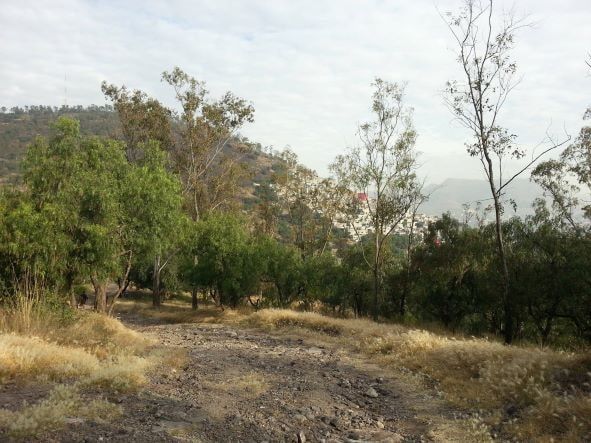
El Tepeyac National Park
During the pre-Hispanic period in this area was erected the great teocalli dedicated to the goddess Tonantzin ("Mother of the Gods"), which was destroyed during the Spanish conquest and where, according to the myth, the Virgin of Guadalupe appeared to the indigenous Juan Diego.
To preserve the environmental and cultural values of this site, it was declared National Park in 1937, becoming a recreation and environmental sanitation area; within this reserve, you can contemplate various hills such as El Tepeyac, Guerrero, Santa Isabel, and Los Gachupines with a biological richness such as eucalyptus, cazahuate, copal, mesquite, palo dulce, tepozan, cedars, oaks, pines, and pirules.
It is a Natural Protected Area of 1,500 hectares where you can go biking, walking, and hiking, it also has a playground and barbecue grills for picnics.
Attractions and experiences
Basilica of Guadalupe
Aqueduct
Gachupines Hill
Guerrero Hill
Wildlife observation
Picnic
Landscape photography
Contemplative activities
Cycling
Food
Desserts and Antojitos Dionisia
Restaurant El Alazán
El antojito de Mariel
Pizzantony
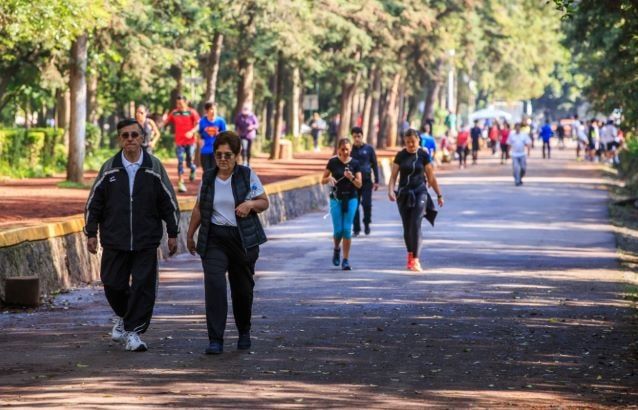
Bosque de Tlalpan
The Tlalpan Forest is part of the Pedregal de San Angel, a rocky area that was formed from the eruption of the Xitle Volcano two millennia ago. It is one of the lungs of Mexico City and is home to nearly 200 species of flora and 130 species of fauna, which is why it has been a Protected Natural Area since 1997. This wooded complex, south of the city, is a favorite place for runners and families, where competitions and races are held to encourage socializing.
Areas of interest and experiences
Athletic track
Children's playground
House of Culture
Nursery
Outdoor fitness center
Community cabins
Hiking
Wildlife observation
Physical conditioning
Environmental education
Hiking
Family gathering
Picnic
Lodging
Hacienda Peña Pobre
Radisson Paraiso Perisur
Royal Pedregal
Suites Perisur
Food
L'Alegría del Corredor
Cabaña Don Manuel
Mi Gusto Es
Cafeteria La Esperanza

